Devastating Space Radiation Can Knock out Satellites, Power Lines and the Internet, Warn Scientists
"Alarming odds"
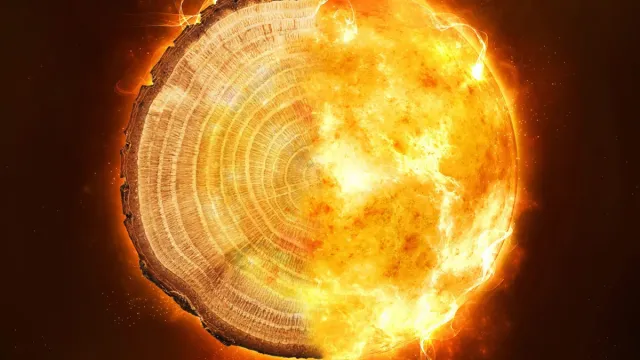
Threats to American infrastructure—largely age, particularly the electrical grid—have gotten a lot of attention in recent years. But there’s lesser-known significant danger to power lines and communication networks, scientists say. It comes from space. Huge bursts of space radiation could come without warning and have devastating consequences, knocking out satellites, power lines, and even the internet.
These radiation flares are known as “Miyake events.” They happen about once every 1,000 years. But scientists are still largely mystified about the phenomenon—they don’t know what causes them or how to predict them. Read on to find out why an expert said there are “alarming odds” of an “unimaginable effect” on infrastructure.
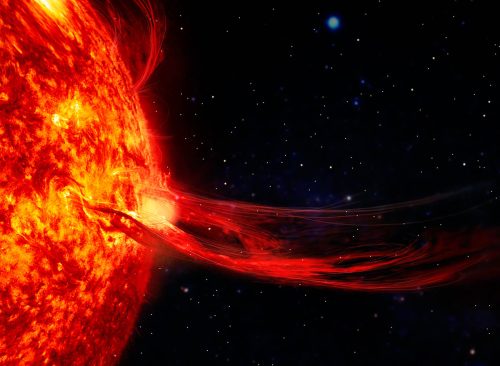
According to research published this week in the Proceedings of the Royal Society A: Mathematical and Physical Sciences, one of these extreme bursts of radiation could wipe out some of the most essential facets of modern life — not just for days, but months or more. There have been six known Miyake in the last 10,000 years. The most recent spikes occurred in 774 AD and 993 AD, experts say.
“We need to know more, because if one of these happened today, it would destroy technology, including satellites, internet cables, long-distance power lines, and transformers,” said Dr. Benjamin Pope, lead author of the study and a math professor at the University of Queensland. “The effect on global infrastructure would be unimaginable.”
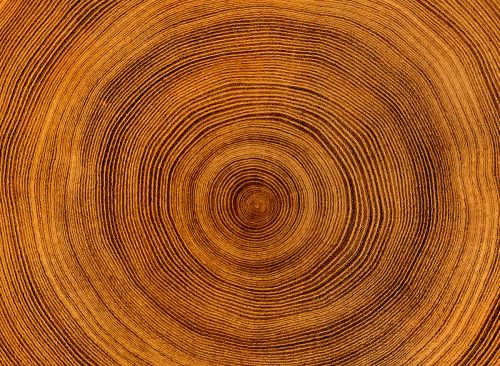
It’s largely believed that these events were caused by solar flares, a sudden burst of energy from the sun. But the researchers behind the study found that Miyake events didn’t coincide with these sunbursts. They did this by analyzing tree rings. Many varieties of trees add a new ring each year, which functions as a barcode of its age.
These rings also absorb various elements in the environment, including radioactive carbon-14, which is created by phenomena like solar storms and cosmic rays. But the data from the tree rings didn’t indicate solar flares happened around the time the Miyake events occurred. What they suggested was more mysterious.
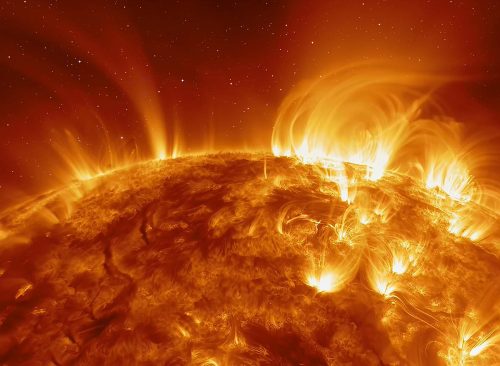
The tree ring data indicated that several of these radiation spikes lasted longer than normal solar storms. At least one event in 663 BC lasted up to three years, and another in 5480 BC crested for a decade.
“We’ve shown they’re not correlated with sunspot activity, and some actually last one or two years,” said Pope. So rather than a single instantaneous explosion or flare such events may be the result of a more prolonged storm or outburst.”
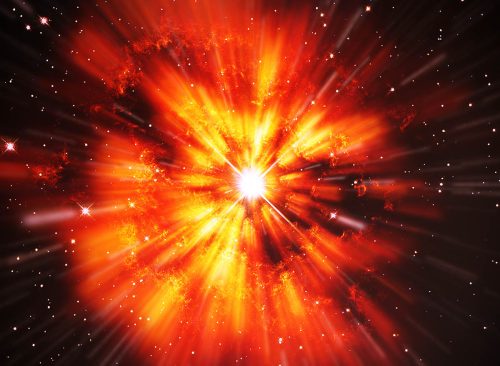
Scientists have put forward a number of possible explanations for Miyake events, including gamma-ray bursts, supernovas, and exploding stars. Pope said there’s no evidence those events are responsible, but they can’t be ruled out. He thinks the longer-lasting events may have been caused by a series of sunbursts. “Not just one solar flare, but recurrent solar flares going off again and again,” he told ABC.

That means Miyake events are unpredictable—and potentially catastrophic. “We have absolutely no idea how to predict when or where an explosion will occur,” solar physicist Hannah Schunker of the University of Newcastle told ABC. “There’s no reason why we couldn’t have many complex magnetic regions close by and they all flare one after the other.” “Based on available data, there’s roughly a 1% chance of seeing another one within the next decade,” said Pope. “But we don’t know how to predict it or what harms it may cause. These odds are quite alarming, and lay the foundation for further research.”














